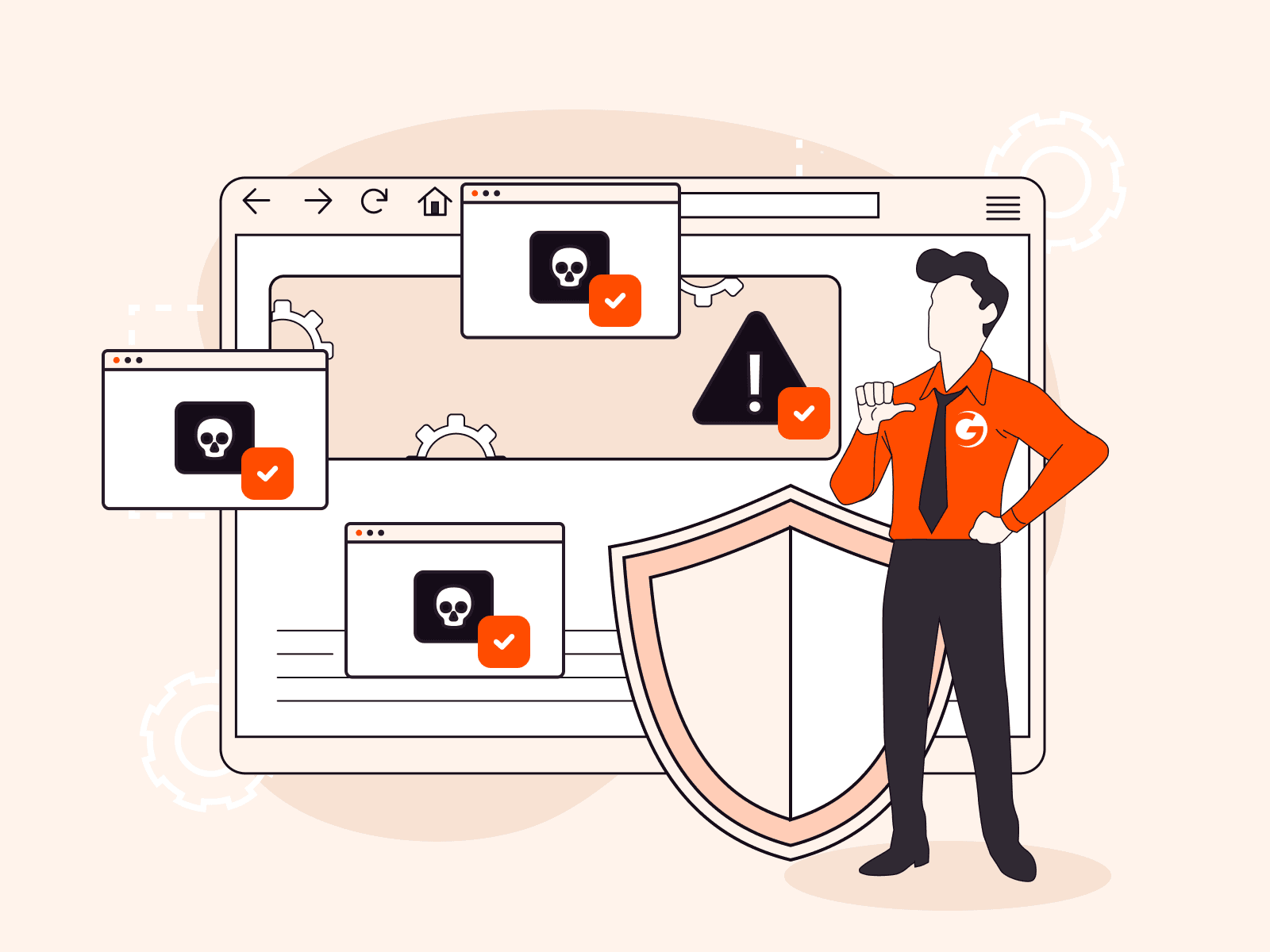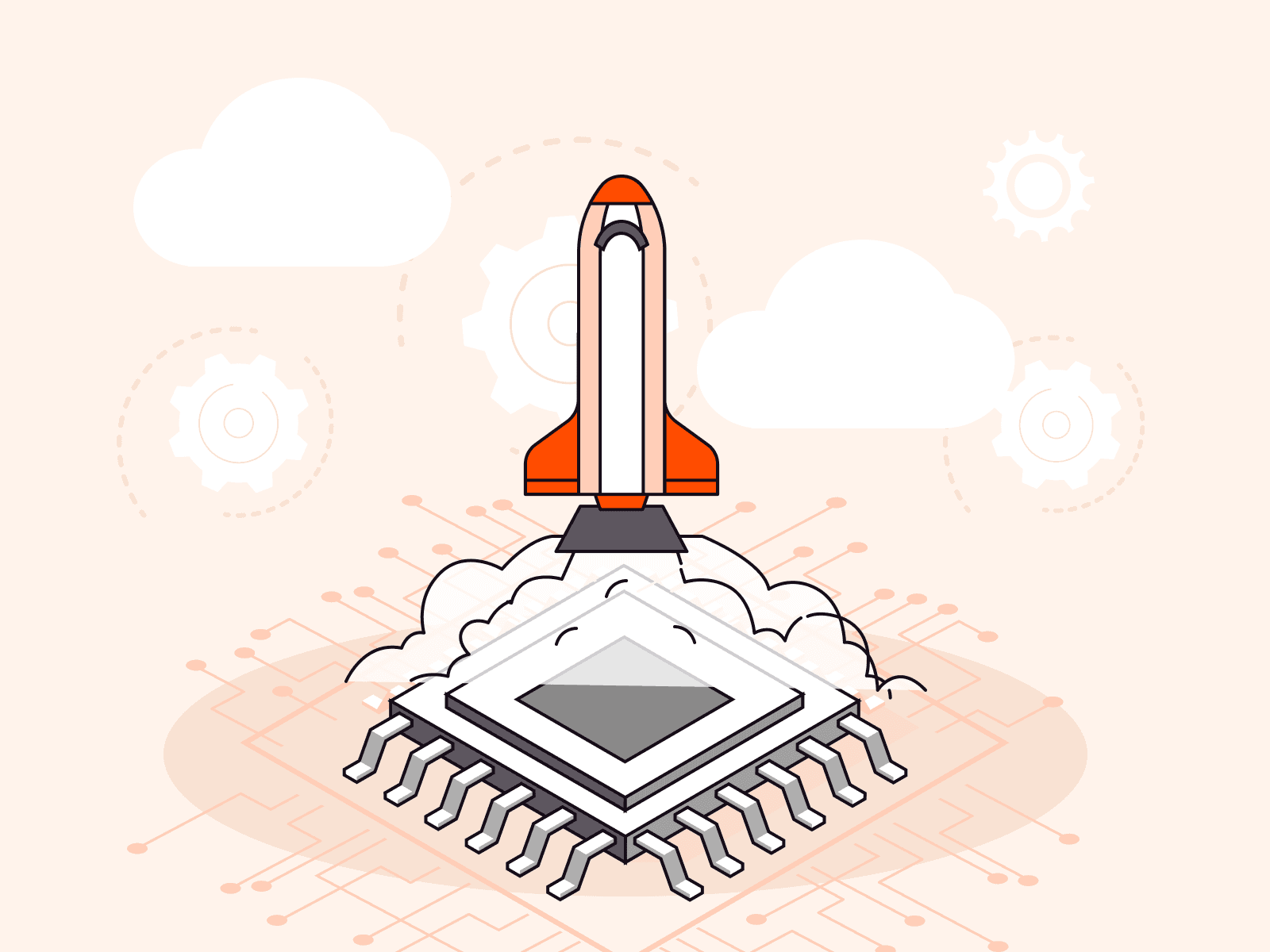Introducing Security to Your Applications from Day One: A Practical Guide
- July 9, 2024
- 4 min read

This article originally appeared on The New Stack.
The landscape of threats and security products is constantly evolving—think of a cat-and-mouse game whereby providers are constantly chasing the latest threat actors. Securing online systems has to be an ongoing process, not a set-it-and-forget-it scheme. Add to that the fact that security isn’t just about buying the right product; much of it involves internal procedures, escalation paths, and visibility.
That said, getting your product choice(s) right from day one can go a long way to securing your app, and not just in the short term. Asking the right questions before your app launches (or when you reevaluate your security approach) can help you futureproof your security by ensuring you pick services that cover your bases thoroughly and efficiently. I’ll walk you through the considerations when selecting security service providers so that you can protect your app with confidence from day one.
First Things First
Before even thinking about security providers, get your own house in order by asking the following seven questions and actioning as required:
- OS and kernel updates: Is your operating system up to date—especially the kernel, which is the most critical and vulnerable component—and receiving security patches?
- Library and framework updates: Are all third-party libraries and frameworks current?
- Awareness: Are personnel monitoring for recent CVEs and zero-day attacks?
- Monitoring: What does your current monitoring setup look like?
- Intrusion detection: Are there internal intrusion detection systems in place?
- Incident response: What is the plan if a security incident is discovered?
Although seemingly simple, addressing these questions may still require substantial effort from internal stakeholders. For example, many companies simply don’t have monitoring or escalation procedures in place. Implementing them from scratch can be time-consuming when done properly, and requires buy-in from all relevant internal parties.
But it’s worth the effort: These internal aspects lay a strong foundation for further security measures. Without the basics in place, even the most robust third-party provider simply can’t fully protect your app.
Evaluate Possible Attack Vectors and Impact
There’s one more step before we turn to vendors: Identify the most likely attack vectors your app might face before selecting a security provider. Consider both common threats and large-scale attack possibilities:
- Common threats: Are you concerned about common, lightweight attacks like SQL injections and cross-site scripting (XXS) attacks?
- Large-scale attacks: Could you face a terabit-scale DDoS attack orchestrated by a botnet? Is your app part of a frequently targeted industry (like gaming or finance), associated with a high-risk geographic location, or otherwise vulnerable to targeted attacks?
Then, consider the impact of both these attack types on your app. What would the consequences be if your app experiences downtime or is subject to a data breach? Would you lose revenue, be subject to regulatory action, or lose customer trust? (The answer is usually yes for apps intended to be monetized.) Or would an attack be an annoyance without serious repercussions? (This could be the case if you’re developing a pet project without business aspirations.)
The answers to these questions are highly variable and driven primarily by industry and your business plan. Consider involving diverse stakeholders in this conversation to understand your risk factors comprehensively. This is essential to making informed decisions that will drive your security not only now, but also in the longer term as your app scales.
Assess Integration Potential
A security solution should adapt to your app and infrastructure, not the other way around.
Ask the following questions to assess whether a security solution can integrate smoothly into your existing infrastructure:
- Integration: Can the solution be integrated without major disruptions? Can it be seamlessly built-in instead of bolted-on? A built-in solution is designed to fit into your existing systems with minimal modifications, while a bolted-on solution might require significant changes or additional hardware.
- Automation: Do you have specific tool configuration and administration requirements due to IaC use? If so, does the solution offer built-in automations, robust APIs, and IT automation tool plugins for easy configuration, scripting, and version control?
Examine Support Options
A product is only as good as its implementation. Evaluate carefully the level of support a security provider offers to ensure you can benefit from the product’s full features, particularly during attacks; there’s nothing worse than being left in the dark while your app is under attack.
Ask about the following:
- Responsiveness: How quickly can you get help when facing technical difficulties? Quick support response times are crucial during an active attack to minimize damage.
- Documentation: Is there comprehensive documentation, and what happens if you encounter a case not covered? Comprehensive documentation helps your team resolve non-critical issues quickly without needing to contact support.
- Human assistance: Can you reach a real person during a major attack?
- Training: Is product training available for your operational teams?
- UI: Are live statistics available via a UI so you can track attacks in real time?
Thoroughly evaluate the support you can expect and seek contractual guarantees if possible.
Stay Informed
Regardless of the security solution, staying informed about ongoing security trends is essential. Continuous improvement in technology, procedures, and education is key to staying ahead of evolving threats and mitigation capabilities.
Questions to Ask Providers: A Quick-Start Guide
- What specific threats does your solution protect against?
- How does your solution integrate with our existing infrastructure?
- What level of customization and automation does your solution offer?
- Can you provide examples of support response times and success stories?
- What training and resources are available for our team?
- Are there any contractual guarantees regarding support and service levels?
- How do you stay ahead of emerging threats, and how frequently are updates provided?
Streamline Your Security Posture with Gcore
Securing your applications from day one requires a proactive and comprehensive approach. You can futureproof your app’s security by addressing foundational security measures, thoroughly evaluating potential attack vectors, and selecting providers that offer seamless integration and robust support. Stay informed about the latest security trends to continually adapt and enhance your defenses against evolving threats.
Ready to secure your application with a trusted provider? Explore Gcore Edge Security for comprehensive DDoS mitigation, WAAP, and web application security with 24/7 expert support. Try Gcore Web Application Security free today and experience peace of mind knowing your app is protected.
Related articles
Subscribe to our newsletter
Get the latest industry trends, exclusive insights, and Gcore updates delivered straight to your inbox.






